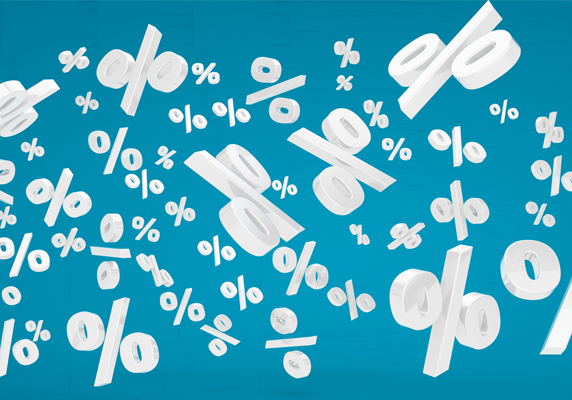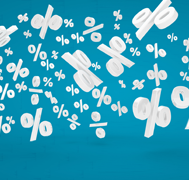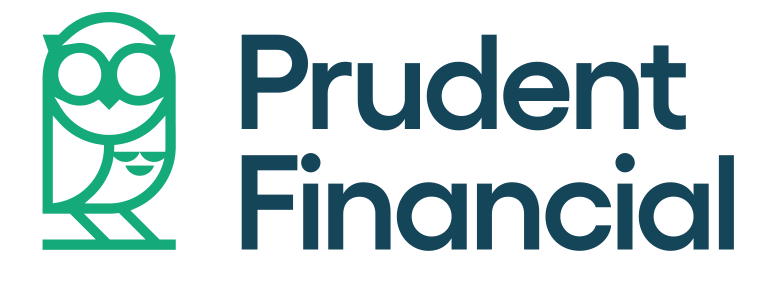
The Canadian interest rate has officially gone one year without any change.

On October 30, 2019, the Bank of Canada (BOC) announced the Canadian interest rate will stay at 1.75% for another month. This rate was set on October 24, 2018, marking one year of holds.
While the main factors for holding the interest rate on October 30 were global economic uncertainty — such as trade and business investments — the BOC also talked about Canadian consumer trends.
According to the BOC:
- Employment is showing continuing strength.
- Wage growth is picking up, but this varies by region.
- Consumer spending has been choppy.
- They estimate spending will be supported by solid income growth.
- Housing activity has picked up in most markets.
The next interest rate announcement is scheduled for December 4, 2019. The BOC is going to continue to monitor global economic trends, and local ones, to determine the future of interest rates in Canada.
What This Means for Your Finances
In terms of getting out of debt, a BOC interest rate hold is a double-edged sword. Here’s why:
The interest rate hold means that any variable (fluctuating) interest rates will stay the same. If you have a variable-rate mortgage, credit card debt, a non-fixed line of credit, and so on, your interest rate payments should have stayed at the same rate for the past year. This is a good thing for managing your payments.
The challenge when interest rates rise is that your total cost of debt goes up. If an interest rate increase occurs, you would be paying more interest on any variable-rate debts — money you may not have.
Now for the double-edged sword part. While the interest rate hold is good for planning out your debt payments, we’re not necessarily seeing the positive effect. As the BOC mentioned, consumer spending has been “choppy” despite employment and incomes going up! This means more people are employed and more people are earning higher wages, yet not spending more.
As we reported in September, the total number of insolvencies (bankruptcies and consumer proposal filings) across Canada has also gone up.
There could be a number of reasons for this discrepancy:
- Prices of goods and cost of living might be going up, even as incomes rise. Take for example the high cost of housing and rent in Toronto.
- Employment and income statistics can be misleading — for instance, the employment rate doesn’t take into account people who have stopped looking for work.
- With interest rates remaining low, people are taking on more credit products (and therefore debt) and then having less disposable income.
- And more…
While the reasons vary, there are two simple truths when it comes to getting out of debt:
- There is still time to do so.
- Getting out of unsustainable debt can only help your financial situation, no matter what happens with the Canadian interest rate.
At Prudent Financial, we offer solutions for repairing your credit, managing your budget, and, of course, getting out of debt. Even as the Bank of Canada interest rate fluctuates, we can build a plan for you that works with your budget for the long-run.
Get in contact today for a free consultation. Call 1-888-852-7647 or visit www.prudentfinancial.net.
